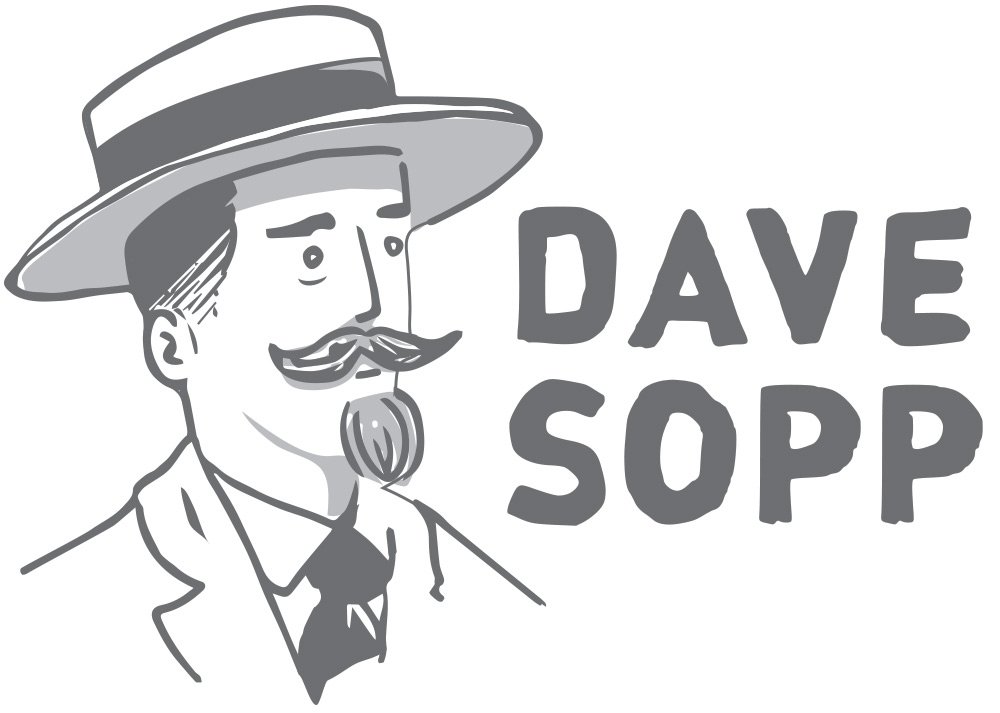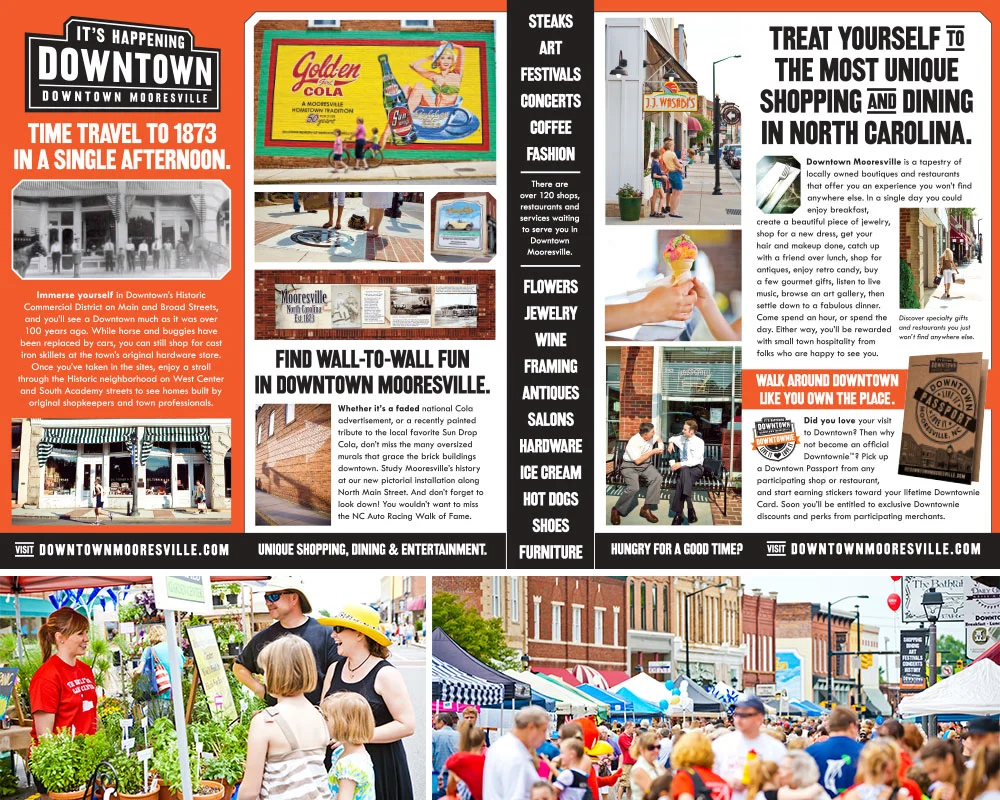Design > Brochures
Every client is different, and every marketing problem is different. But sometimes (although rarely) you don’t have to reinvent the wheel all over again. If something works, heck, keep it! I already had a brochure-making system that worked and I already made a bookshure (I really need a better name) for VersaMe’s Starling Partners program. It was a cool idea that worked great, so we kept all the physical formatting (same size, dimensions, heavy cover and nice page weight) for the next project. Besides, if you have to do multiple brochures for a company, you might as well build a library that looks uniform and tight when they’re all together.
FINAL: The name and logo I created for VersaMe’s platform came directly from how it worked. Also, Spoke’s not a bad name for a company that’s all about verbal communication, right?
The Starling was VersaMe’s early-education wearable. You can read all the deets here, but in short, The Starling was based on a super advanced platform that VersaMe created called Spoke ( I named it that based on the eventual infographics). The Starling logged data about an infant’s early-developmental progress and sent it to Spoke. Spoke would process that data and send it (along with recommended action items) to the parent and any parent-approved care givers. For consumers, the data usually just went to parents, grandparents or a nanny. But if parents wanted, they might also include their pediatrician. If an infant is a little short on direct verbal communication, their parents and the pediatrician would recognize that and, at the regular visit, they could figure out ways to improve that outcome together. Think of it like an educational thermometer that parents could share with their pediatrician.
Anyway, that’s it’s simplest version of how VersaMe’s Spoke platform works. Spoke was developed to sustain the maximum amount of early development team building. Unlike so many of today’s algorithms, this one wasn’t built to exploit user data to deliver relevant advertising. Spoke was built to deliver relevant, actionable educational opportunities to a team of caregivers in the development network the parents created, in order to meet their child’s specific needs. Cool, right? And that’s what this brochure had to explain to an audience that wouldn’t want to get into the coding weeds about exactly how that was even possible. Investors, partners, etc. just wanted to know the basics of how Spoke worked and what its potential was.
And I made up everything you just read. Sort of. Mostly. Look, although Spoke’s functionality was clear for the founders and developers (so they could build it), no one ever really defined it in a way regular people would understand. Even though I’d made a name for myself making complex stuff simple, I was lucky to have the capable help of VersaMe’s Product Manager, Susan Tahir. Together we defined, named, branded, iconically mapped, invented creative uses for, and I can safely say, improved the complicated process that made this Spoke so valuable.
So for the brochure (and this didn’t have to be a brochook): same company; different audience; different product; slightly different look. This had to convey all the existing brand attributes, but send a different message – we were confident, smart, sophisticated, and had created a (truly) amazing platform.
INFOGRAPHICS: I really enjoyed designing the graphics showing how Spoke worked for different users. It’s was crazy complicated and I got it boiled down to an easy-to-follow, step by step guide.
I kept with my favorite system of solving one problem per spread, but this was so targeted, that I didn’t need to go overboard on the eye-candy and repetition. Here’s how this one broke down:
Cover: Sexy and High-Tech.
Spread 1: What we’re doing is a big fucking deal
Spread 2: Look, here’s why it’s amazing for everyone...
Spread 3: ...and here’s how it changes everything
Spread 4: Here’s exactly how it could be used to do this...
Spread 5: ...and this
Spread 6: You’re already behind in this emerging, proven technology
And we’re out. If you’ve seen the other VersaMe stuffs I did (the Partner Brochure, or the videos, or even the packaging) this a similar example of taking existing materials and jerking the message into new territory without having to recreate everything.
DAVE SOPP – Creative
Yep, that’s me. I’ve got over 20 years of marketing strategy, graphic design, advertising art direction, and illustration experience. Want to use some of it? Email me at dave@davesopp.com








































































